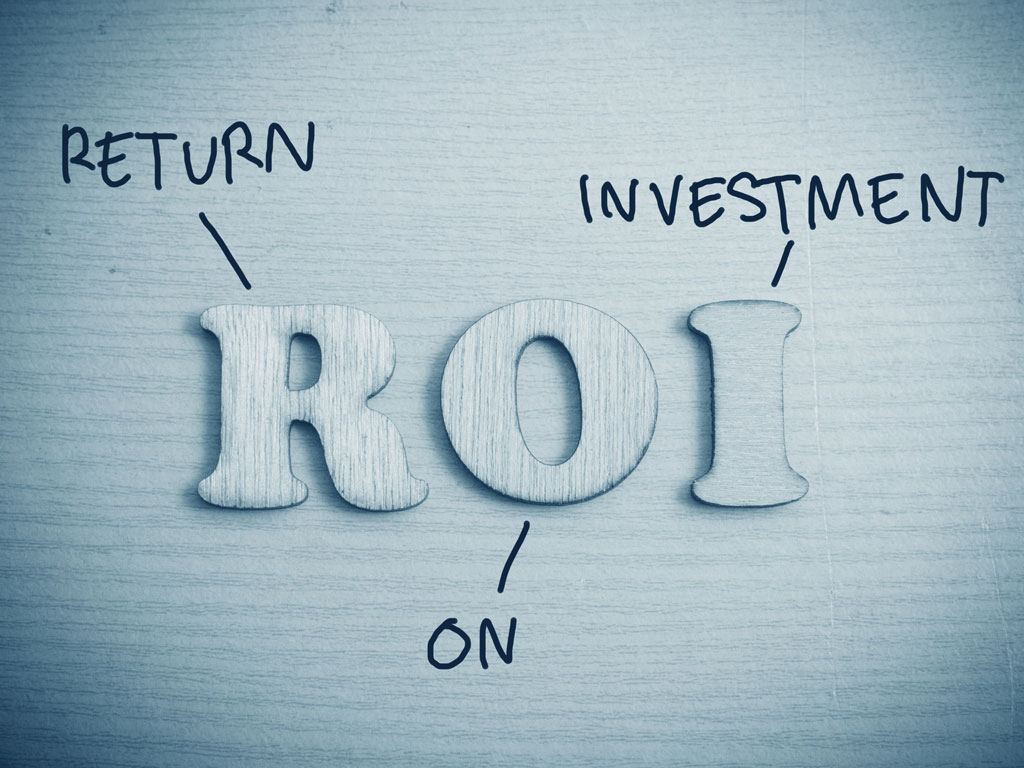Think Total Return
Retegy Team
December 6, 2018
Never touch your principal in retirement? Think again.

More than a century ago, an American financial archetype emerged – the household that lived on the interest earned by its investments, never touching its principal.
Times have changed. While the Vanderbilts, Carnegies, and Rockefellers could do that back in the Gilded Age, you will likely face a tough challenge trying to do the same in retirement. The reason? Low-interest rates.
The federal funds rate has not topped 3% since the winter of 2008. In fact, the nation’s benchmark interest rate has been under 2% since October 2008. In today’s interest rate environment, you will need a substantial investment portfolio to live solely on income and dividends in retirement. In some parts of the country, a million-dollar portfolio might not generate enough income and dividends to help you maintain your lifestyle.1
Try another approach – the approach used by institutional investors. Wall Street money management firms and university endowment funds frequently rely on the total return investment strategy. In a retirement income context, this means that you strategically sell some assets to complement the dividends and interest income you receive.
Portfolio rebalancing is central to the total return strategy. The recurring ups and downs of the financial markets gradually unbalance a portfolio over time. A long bull market, for example, will usually leave a portfolio with a larger stock allocation than initially desired. To get back to the portfolio’s target allocations, you need to sell shares of stock (or, stocks aside, amounts of other kinds of investments). The proceeds of sale equal retirement income for you.
Before you pursue this strategy, you need to determine two things. One, do you have a portfolio built so that you can potentially derive income from diverse asset classes? Two, assuming you have that diversification, how much dividend and interest income is your portfolio likely to generate this year? The amount may fall short of the income you need. Rebalancing might be able to help you make up the slack.
Besides being fundamental to a total return approach for retirement income, rebalancing may also help you accomplish other objectives.
Rebalancing keeps your portfolio diversified so that your retirement income does not depend too heavily on the performance of one asset class. It can stave off a potentially risky response to the ongoing desire for yield (some investors, frustrated by poor returns, direct money into high-risk investments they barely understand). It may also allow you to sustain your lifestyle and spending; relying only on dividends and interest may cause you to pare your spending back and notably reduce your quality of life.
Think total return. Explore the total return approach to retirement income planning, today.
Citations.
1 – thebalance.com/fed-funds-rate-history-highs-lows-3306135 [12/13/17]
This material was prepared by MarketingPro, Inc., and does not necessarily represent the views of the presenting party, nor their affiliates. This information has been derived from sources believed to be accurate. Please note – investing involves risk, and past performance is no guarantee of future results. The publisher is not engaged in rendering legal, accounting or other professional services. If assistance is needed, the reader is advised to engage the services of a competent professional. This information should not be construed as investment, tax or legal advice and may not be relied on for the purpose of avoiding any Federal tax penalty. This is neither a solicitation nor recommendation to purchase or sell any investment or insurance product or service, and should not be relied upon as such. All indices are unmanaged and are not illustrative of any particular investment.
Recent updates



Understanding the Ins and Outs of Workplace 401(k) Plans


Similar stories
Latest articles from the "Investment Management" category.